
Welcome to our L.A. in the 90s Week, presented by Tecate, the official beer of L.A. TACO. Each day this week, we will bring you features and photo essays celebrating the best of L.A.’s 90s history.
[dropcap size=big]L[/dropcap]os Angeles has played an important, yet sometimes underappreciated role in the evolution of skateboard culture.
As street skating began to grow in popularity during the early 1990s, L.A. planted the seed for many of the innovations that pushed the sport to new heights. With the 1992 uprising and all of the tension in the city as the backdrop, what was originally an extension of surf culture was transformed into something new that was unique to Los Angeles. What made Los Angeles so special for street skating was the abundance of skate spots.
In East Hollywood there were three iconic schools within walking distance of each other.
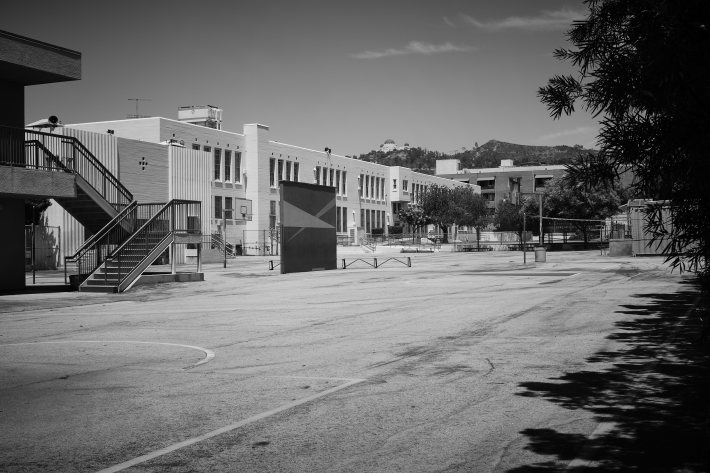
In the early days, the main attraction was Los Feliz Elementary off Vermont and Prospect. There was a set of banks with a slope gentle enough not to be intimidating but steep enough for more advanced skaters to get busy on. It was the place most of us would meet up at. On the weekends, you could find anywhere from 10 to 25 kids skating. Unfortunately, the school put a stop to skateboarding there by destroying the banks and replacing them with a strategically placed set of bungalows. Although Los Feliz is not as well known as some of the other skate spots in the area, it’s still revered by those of us who remember.

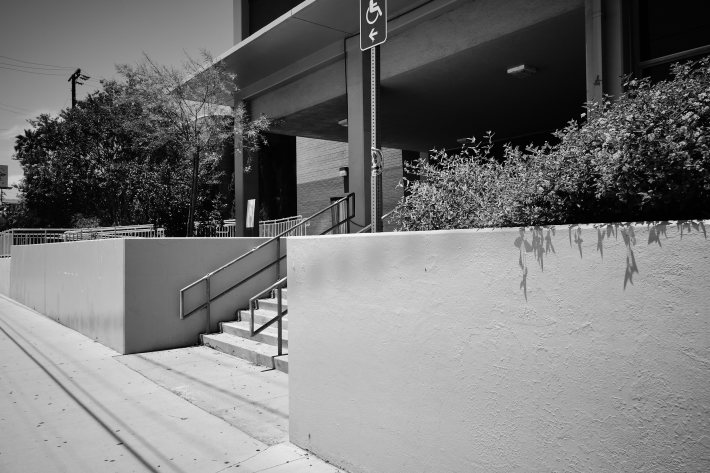

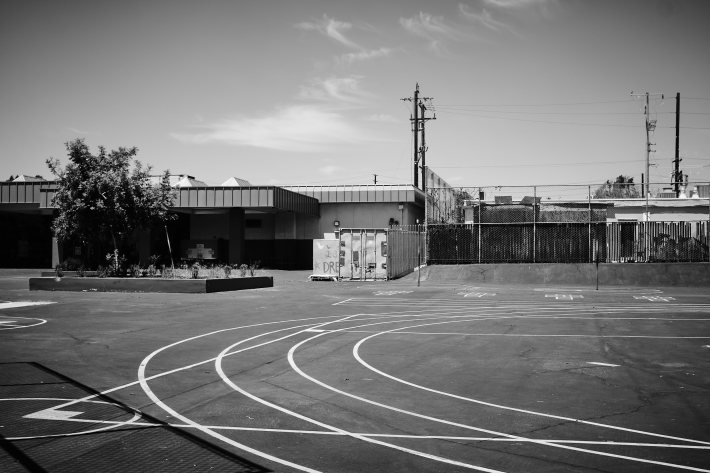
The other two famous schools in the area are King Middle School and Lockwood Elementary, both popularized by local pro skaters like Gabriel Rodriguez, Billy Valdes, and Paulo Diaz. As kids, we were used to seeing our heroes skating the same spots we frequented. The main attraction at King was the auditorium stairs off Fountain Avenue. Lockwood was a couple blocks away and was one of the illest yards in the city. There were the standard benches and picnic tables and the entire yard was lined with one long continuous bank. Back in the day it wasn’t the safest spot, even if you were from the neighborhood. Los Angeles was just a different place back then.
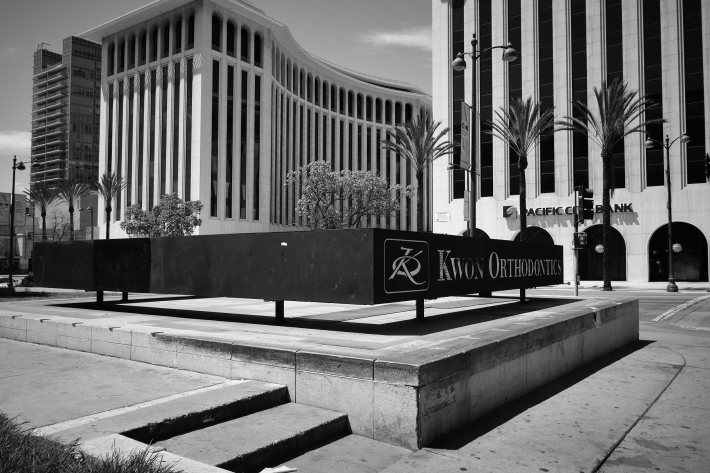
As iconic as the East Hollywood schools were, they paled in comparison to the insanity of skating Wilshire Boulevard on any given Saturday in the early nineties. The sidewalks were packed with roving mobs of skaters going from spot to spot. Seeing sponsored and professional skateboarders shooting videos there was a regular occurance. There were so many structures packed into those few blocks to skate, every corner had something different. Getting chased by security guards was part of the game, but most of them gave up when things got too hectic. Not much you can do with 40 kids skating the property you are supposed to keep them off of.
The most popular location was nicknamed “Beneficial” in our day, but is now known as JKwon. It is located at 3700 Wilshire between Serrano and Oxford in the heart of Koreatown. On each corner it has two square shaped ledges with an elevated metal sign above each of them. There are multiple staircases with handrails and a series of low, cement ledges curved around the complex on all sides. Directly in front of the building entrance is a set of stairs, numerous planters, and a variety of obstacles. Although it would eventually become world famous, back then it was something known exclusively to locals.

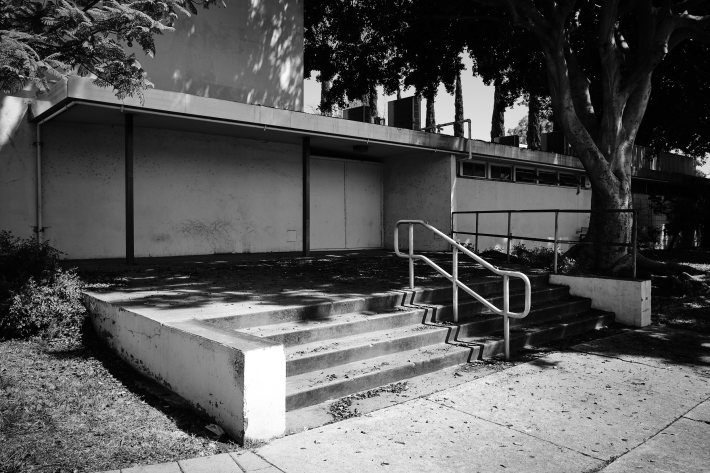
Last but not least is Los Angeles High School on Olympic Boulevard, which is positioned about halfway between Koreatown and Mid City. Two types of banked ledges lined the exterior of the school, a tiled one and another made of concrete. There is a small set of stairs with a handrail located on the side of the campus on Rimpau Avenue and the area near the cafeteria inside the campus was popular as well.
Skateboarding took Los Angeles by storm in the nineties. What had formerly been confined to backyard ramps and pools was revolutionized by the instant popularity of street skating. Living in the Hollywood/Koreatown area was a unique experience. We were a rowdy bunch of Black, Brown, and Asian kids who didn’t conform to the mainstream idea of what skateboarders should look like.
This era was the beginning of a movement that is still going strong to this day. Over three decades later, pieces of that legacy still remain if you know where to look.







